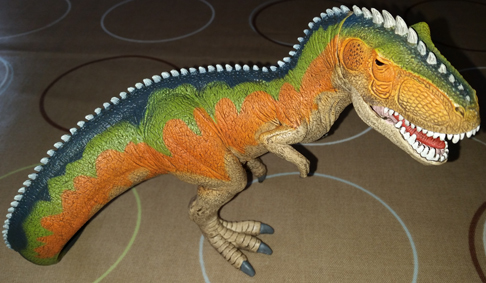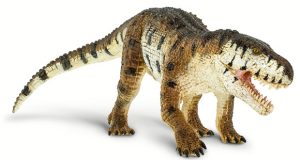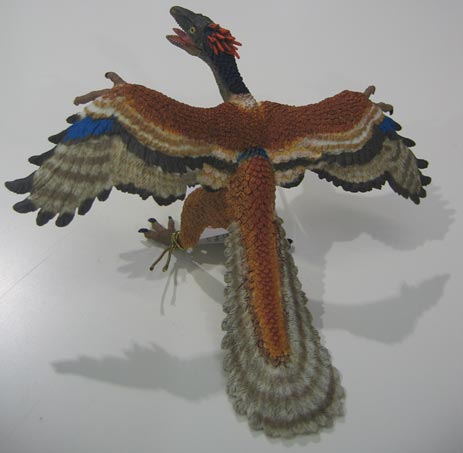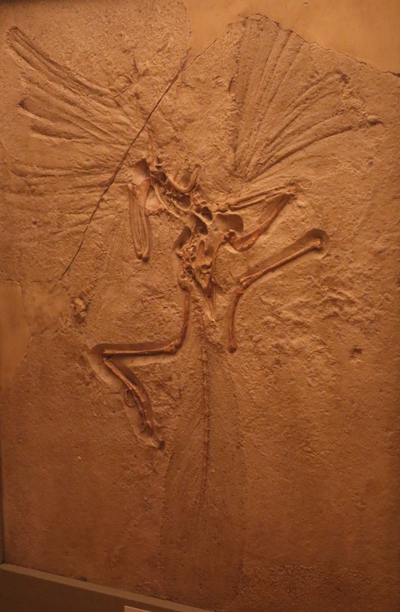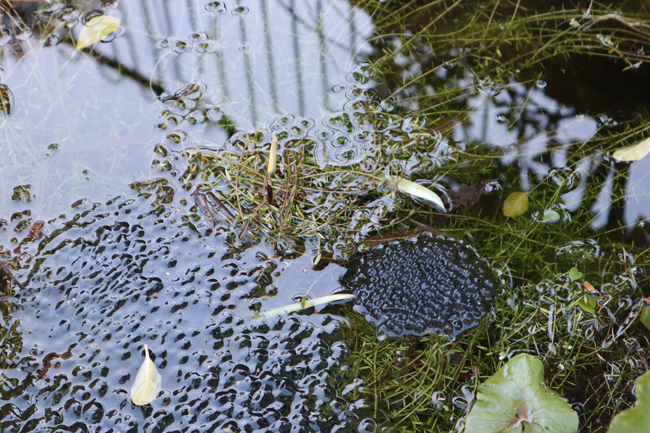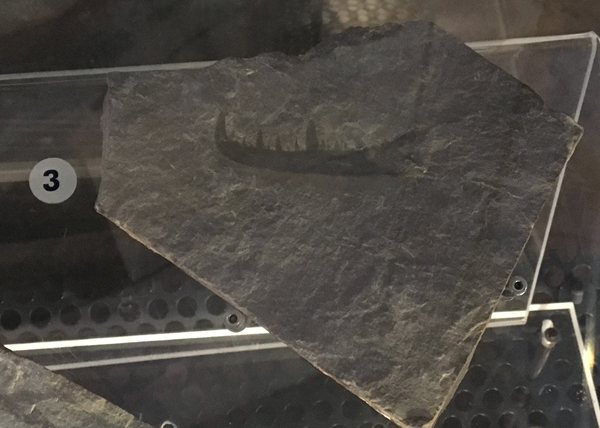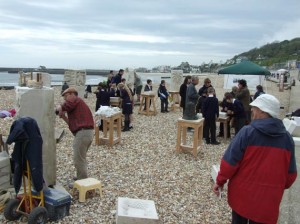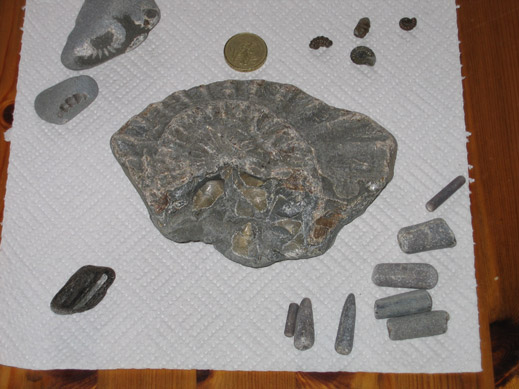British Columbia wants a Provincial Fossil – Four Candidates in Contention
British Columbia, Canada’s westernmost province is looking for its own provincial fossil, to join the list of natural fauna and flora that represent this part of Canada. A number of American states and Canadian provinces have their own stated fossil representative, for example Alaska has a Woolly Mammoth and California has adopted the Sabre-toothed cat sub-species S. fatalis in respect to the large amounts of Smilodon material found at La Brea tar pits.
Alberta has fossilised trees (petrified wood) as their provincial stone, but surprisingly this fossil rich area has no official fossil to represent it. Only Nova Scotia in Canada has a provincial fossil – Hylonomus lyelli. This primitive reptile, the oldest known true egg-laying (amniote). Forty of the U.S. states have a state fossil and following this trend, British Columbia has drawn up a shortlist of four candidates.
The British Columbia Palaeontological Association (BCPA) in conjunction with a number of Canadian universities has selected the four candidates from the huge range of extinct fauna and flora in the British Columbia fossil record. All thirteen of Earth’s major, life-bearing geological systems, from Vendian to Quaternary, are represented in the province, spanning the last 600 million years. Examples of British Columbia fossils range from trilobites, conodonts (early relatives of back-boned animals), gastropods and bivalves, corals, early fish, ammonites, dinosaurs and prehistoric animal tracks, huge sea reptiles from the Mesozoic and sharks.
The fossil record of plants in British Columbia is equally impressive with ferns, cycads, ancient conifers and early angiosperms. The BCPA state in their press release that the province has “spectacular samples of the diversity of ancient life that has walked across British Columbia’s varied landscapes and lived in its oceans”.
Provincial Fossil
British Columbia has a number of provincial symbols and has celebrated its rich natural heritage through designation of a Provincial Flower (Pacific Dogwood), a Provincial Bird (Stellar Jay), a Provincial Tree (Western Red Cedar), and a Provincial Gemstone (BC Jade). Government officials now want to add a provincial fossil to this list, a recognition of the importance of British Columbia to the Earth sciences.
Discussions amongst the membership and individual palaeontological societies of the BCPA have resulted in the short-list of four fossils. The four candidate fossils represent a variety of animal types, each group of which has had a significant impact on the development of life on Earth and in British Columbia.
Four Candidate Fossil Specimens
Here is the short-list:
1). The Permian Fusulinid (Yabeina columbiana)
Not the most widely known type of fossil, but a very important fossil from an extremely important group of animals in the fossil record. Fusulinids are an extinct type of sea creature, that lived in ancient oceans from about 440 million years ago to approximately 250 million years ago. Yabeina columbiana was one of the last types of this animal to evolve. Individual Yabeina specimens probably lived like tiny snails, crawling along the shallow, warm sea bottom – an epifaunal lifestyle. These animals were extremely numerous as the accumulation of shells form entire strata of blue limestone.
As the British Columbia Provincial Fossil, Yabeina columbiana would represent an exciting period in the history of the formation of the west coast of North America. It is also abundant enough that everyone could collect a specimen, the strata in which this particular fossil is found is studied by palaeontologists and geologists from all over the world.
Pictures show a small sample of blue limestone with a number of Yabeina fossils, the rock looks like it has been pock-mocked and it is these marks that represent the fossil. Under a powerful microscope, the fine detail of the tiny fossil shells can be made out and it is differences in the shell structure that is used to determine individual species.
2). The Cretaceous Ammonite (Canadoceras yokoyamai)
Ammonites were cephalopods, extinct relatives of squid and cuttlefish. They are important world wide as zonal fossils and there are many genera known from British Columbia. Ammonite fossils are relatively common in British Columbia, especially in the Cretaceous aged rocks on the west coast as well as in the northeastern part of the province.
The ammonite selected for the shortlist is Canadoceras yokoyamai, sometimes called the “Canadian horn”. It is known from rocks about 80 million years old that are preserved along the eastern side of Vancouver Island. This genus of ammonite was named after Canada, the species name, yokoyamai, is named after the Japanese palaeontologist Yokoyama and examples of the species are also known from Japan.
This fossil is also known from many other regions of the Pacific Rim, including California, Alaska, and Far East Russia. This ammonite fossil demonstrates the strong geological links between western British Columbia and other countries that border the modern Pacific ocean.Picture Credit: BCPA
The strong rib lines can clearly be seen on specimens. Ammonites are important to palaeontologists and geologists as they can help establish the relative ages of widely separated outcrops of rock using the fossils that they contain.
3). The Cambrian Lace Crab – Marrella splendens
Tucked along a precipitous mountain face in Yoho National Park in southeastern British Columbia, is an excavated pit which has produced some of the most important fossils the world has ever seen. This is the famous Burgess Shale quarry pit, which exposes sedimentary rocks that accumulated during the Cambrian Period early in the Palaeozoic Era, approximately 530 million years ago.
The animal life preserved in the Burgess Shale pit, called the “Burgess Shale Fauna,” is important as it documents an abundance of soft-bodied life-forms (that is, animals lacking shells) that represent a veritable explosion of evolutionary activity early in the history of large-scale life on Earth. Prior to this “Cambrian Explosion,” the world’s seas were seemingly the domain of simple life-forms, such as jellyfish and sponges. But around the time of the Burgess Shale, an abundance of new, unusual, and unique life forms appeared.
One of the most abundant and fascinating of these Burgess Shale forms is the “Lace Crab,” or Marrella splendens. Marrella has wispy appendages and unusual morphologic features which led palaeontologists starting in the 1970s to question the identification of many of the Burgess Shale fossils with the traditional arthropod groups to which they had been assigned. In fact, many of these forms were found to represent life forms which have no modern counterpart in the modern Earth biota, that is no extant relatives. It was only then that the true importance of the Burgess Shale fauna became clear.
The site preserves a record of many experimental life-forms that evolved early in the Palaeozoic Era, in the early beginnings of multicellular life, many of which proved to be evolutionary dead-ends which soon went extinct. Given its importance for the history of Life on Earth, the Burgess Shale quarry has been designated a UNESCO World Heritage site.
In the wonderfully well preserved fossil in the pictures, antennae, legs and even the delicate gills are clearly visible. Named the “Lace Crab” by Charles Doolittle Walcott, the famous American palaeontologist who discovered the first “Burgess Shale” fossils in 1909, Marrella is in fact believed to be a primitive nektonic (animal that swims actively) shrimp.
4. The Cretaceous Elasmosaur from Puntledge River
A superbly preserved, almost complete fossil of a Late Cretaceous marine reptile makes up this quartet of potential British Columbia provincial fossils. Elasmosaurs were long-necked plesiosaurs that lived world wide and survived until the very end of the Cretaceous period.
While individual pieces of elasmosaur specimens have been found at various localities in British Columbia, the most complete elasmosaur ever found in Canada, is the specimen on display in the Courtenay and District Museum and Palaeontology Centre on Vancouver Island. This elasmosaur specimen was found by an amateur paleontologist Mike Trask and his daughter Heather, who were looking for fossils along the Puntledge River one fine autumn afternoon in 1988.
Expecting to find the usual ammonites and clam fossils that are mostly found in these rocks, the father and daughter team was surprised to find what appeared to be fragments of vertebrae sticking out of the strata in a rock wall along the river. Subsequent collecting over the next several weekends turned up numerous teeth and bone fragments which eventually were found to be part of a complete jaw and skull.
Once the significance of the find was established, the Courtenay Museum organised a major scientific excavation of the fossil specimen, which galvanised local community attention. Many hundreds of volunteers turned out to help with the excavation work, firing the interest of many in the science of palaeontology. As a result of all this activity, one of British Columbia’s first palaeontological societies was formed, in Courtenay.
The 12-metre-long elasmosaur is one of the best preserved of all vertebrate Late Cretaceous fossils, ever found in North America. A replica of the specimen, is the star exhibit in the Courtenay and District Museum. The elasmosaurid is even used as the logo for this museum.
A Model of an Elasmosaurid

An elasmosaurid is a candidate for the Provincial fossil of British Columbia. Picture credit: Everything Dinosaur.
Picture credit: Everything Dinosaur
To see a replica model of an elasmosaurid and other prehistoric animal models, take a look at the CollectA Age of Dinosaurs Model range: CollectA Prehistoric Life Age of Dinosaurs Models.
These four specimens represent the diversity of the Canadian fossil record. British Columbia can be very proud of its fossils, all four candidates are strong contenders and the BCPA is inviting comments and feedback before a winner is selected.
After some debate amongst Everything Dinosaur team members, we have agreed to support the Marrella specimen. Not only is the degree of preservation exquisite but the Burgess Shale has yielded thousands of Cambrian fossils, many of which have their soft parts preserved and as such it is one of the most remarkable fossil sites in the world.
